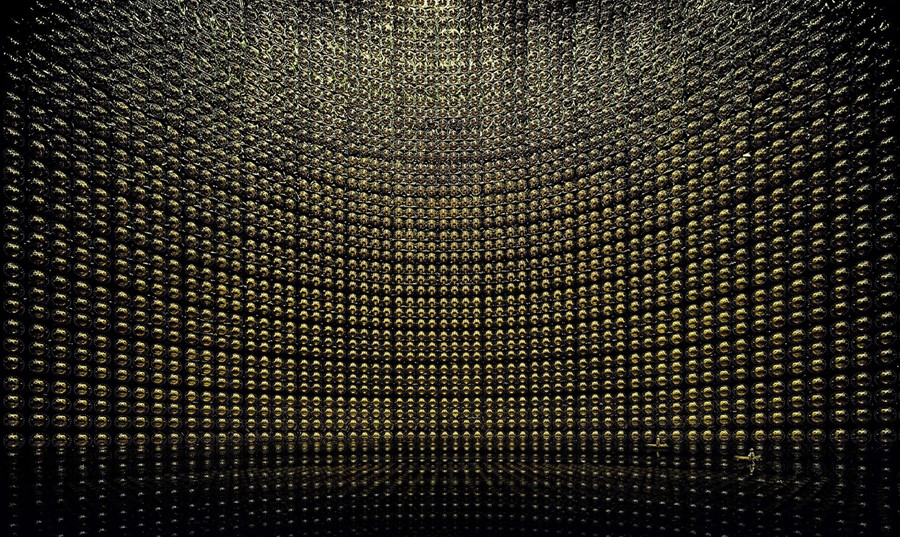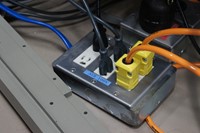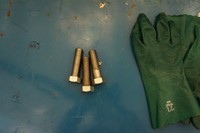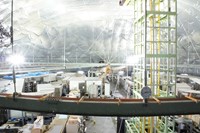super/collider jets to Japan to explore one of the most miraculous scientific engineering sites on earth
Where on Earth?
Hida, Japan
GPS Coordinates: 36°25′N 137°18′E
Deep inside a mountain in Japan’s rugged Kamioka region lies one of the most incredible artefacts yet built by humankind. We’re headed there in a Toyota minivan that was first used to transport the Emperor of Japan to the site, and our local fixer is beaming, having just learned he’s sitting in the exact same seat. As we wind up the mountain road, there’s little outside sign of what lies beneath – just a casual checkpoint and then a mineshaft leading into the depths. After plunging into the darkness of the tunnel and driving deep underground, we emerge from the revered van and are given hardhats, flashlights and – in a surreal, ‘only in Japan’ touch – white leather slippers. So begins our tour of Super K, or to give it its full name, the Super-Kamioka Neutrino Detection Experiment.
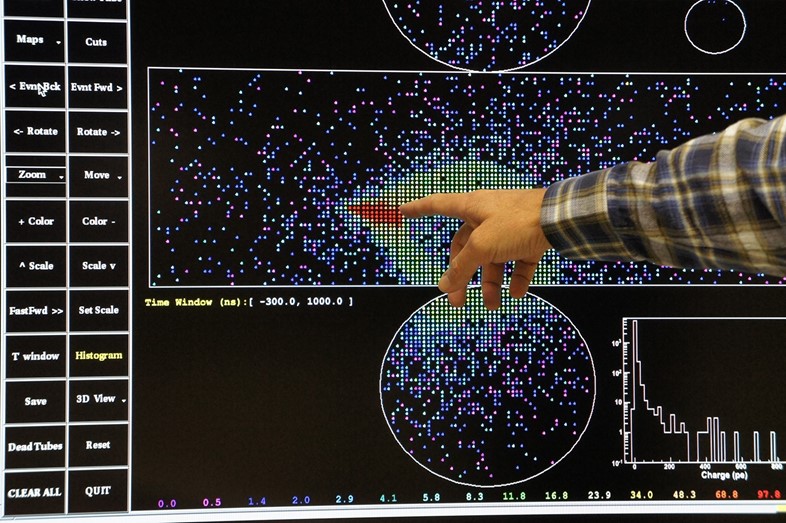
What on Earth?
Powered up in the 1990s, Super K is an experiment consisting of a massive tank of ultra-pure water surrounded by super sensitive light sensors, all linked to and monitored by banks and banks of powerful computers. Hollowed out of a former zinc mine, its underground location means that cosmic rays are blocked by the kilometre or so of solid rock above. The only particle that makes it through is the one they’re looking for down here: the elusive neutrino. These still-mysterious particles can pass through rock, a thousand miles of dense lead, the human body and even entire planets, but they occasionally strike atoms or electrons.
At Super K, the experiment works by detecting the faint flashes of blue light (known as Cherenkov radiation) given off by these collisions. First theorised in the 1930s, neutrinos are formed in the heart of our own sun, inside exploding supernovas and more recently by other high-energy physics experiments, like the KEK particle accelerator northeast of Tokyo. By studying the neutrinos coming from these various sources, researchers can learn more about fundamental physics – and in fact work carried out at Super K has won researchers two Nobel Prizes so far.
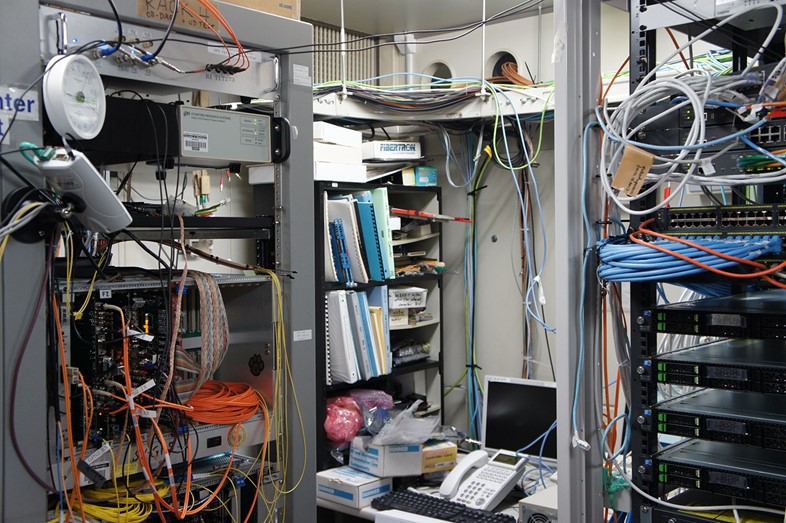
When Andreas Gursky visited the experiment to take his famous Kamiokande photograph, the tank was only part filled, and staff were meticulously checking and cleaning the sensors in small, two-man rubber dinghies. Intriguingly for such a high tech place, each of the over 11,000 photomultiplier tubes is individually hand-blown at Japanese firm Hamamatsu Photonics.
During our visit, the tank is full and the facility is operating at its optimum state. As we watch from the silent control room, a series of collision events stream across the screens. If a supernova exploded out in space Super K would likely detect it in time to notify astronomers, since the neutrinos would begin arriving before the main explosion. As we watch, neutrinos from our sun stream steadily in. Traveling at the speed of light, these ghostly particles give us an almost-instant window into the centre of our nearest star, since it takes photons millions of years to make it to the surface. In this sense, Super K is like a giant time machine – staring out into space from deep beneath a mountain.
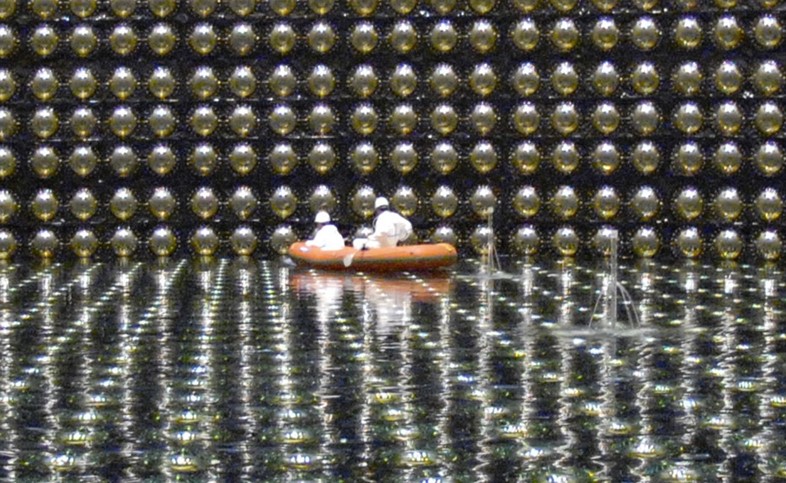
How on Earth?
Super K is closed to the public and the tank is only ever emptied for rare, crucial maintenance – so the closest you’re likely to get to experiencing the inside of Super K is via artist Nelly Ben-Hayoun’s immersive ‘Super K Sonic Booooum’ piece, which simulates a trip into this miracle of modern scientific engineering.
